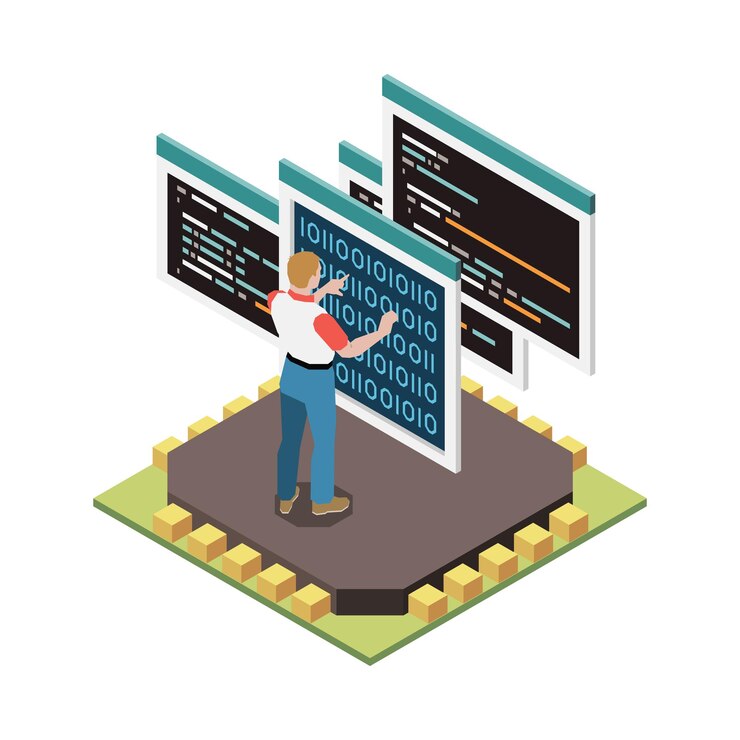Set up a Python-Django environment- If you’re developing significant web applications, then knowing how to set up the Python-Django environment is essential. He has put forward a guide explaining each and every step to ensure a smooth run for your Django environment.

The first step in how to set up a Python-Django environment is installing Python:
A virtual environment helps manage project-specific dependencies.

pip install virtualenvvirtualenv myenvmyenv\Scripts\activatesource myenv/bin/activateWith your virtual environment activated, install Django:
pip install djangoVerify the installation:
django-admin --versiondjango-admin startproject myprojectcd myprojectpython manage.py runserverVisit http://127.0.0.1:8000/ in your browser. You should see the Django welcome page.

Django uses SQLite by default.
A Django project consists of multiple apps.
python manage.py startapp myappRegister the app in settings.py under INSTALLED_APPS.
Django uses migrations to apply database changes.
python manage.py makemigrations
python manage.py migrateTo access the Django admin panel:
python manage.py createsuperuserProvide the username, email, and password when prompted.
Place CSS, JS, and images in the static directory.
Use {% static ‘path/to/file’ %} in templates.
templates folder.Use Gunicorn for production:
pip install gunicornImprove performance by using NGINX as a reverse proxy.
Now you know how to set up a Python-Django environment from scratch. Follow these steps, and you’ll have a robust development environment ready for your next project.
One Team Solutions is one of the Best Software Training Institutes in Kochi, Kerala. One Team Offers Python Course in Trivandrum, PHP Training, Dot Net Training, Node Training, React Training, IOS/Android Training & Digital Marketing Course in Trivandrum & Angularjs course in Kochi for Freshers and Experienced Professionals.
The Training Team of One Team is well experienced and the best in the Industry. And we often conduct activities to prepare for GD (Group Discussion) and JAM (Just a Minute).
We conduct mock interviews and will discuss the positives and negatives with students. Our daily aptitude tests will improve the student’s ability to attend those tests in interviews.
Stepping stones to a successful career can be the some certifications for Python programming, Cloud Computing, and AI. Take the first step today to secure your future in the dynamic IT market of Kerala.